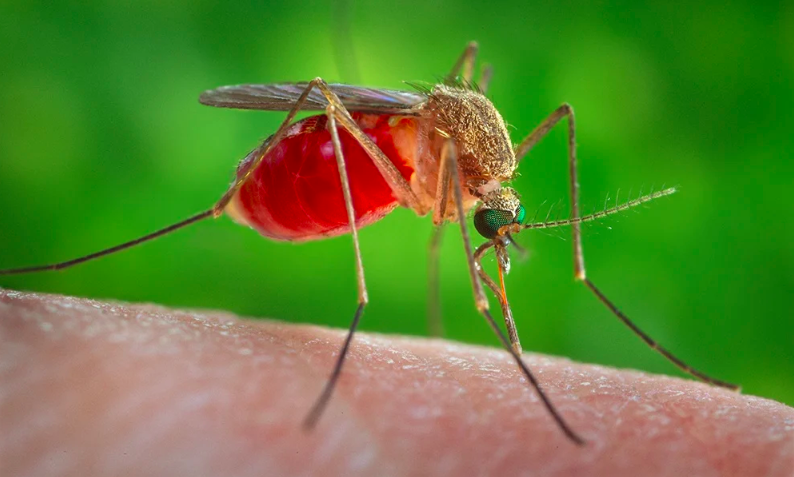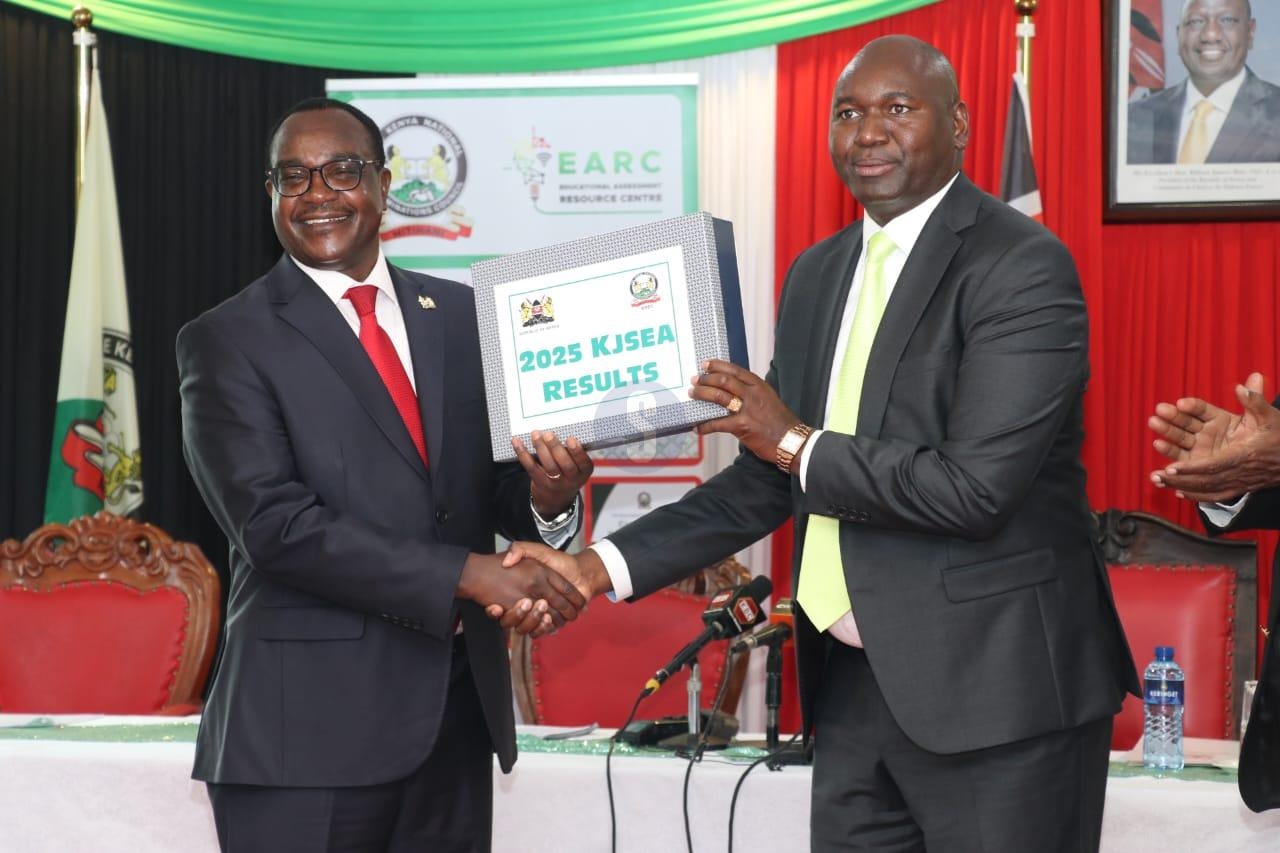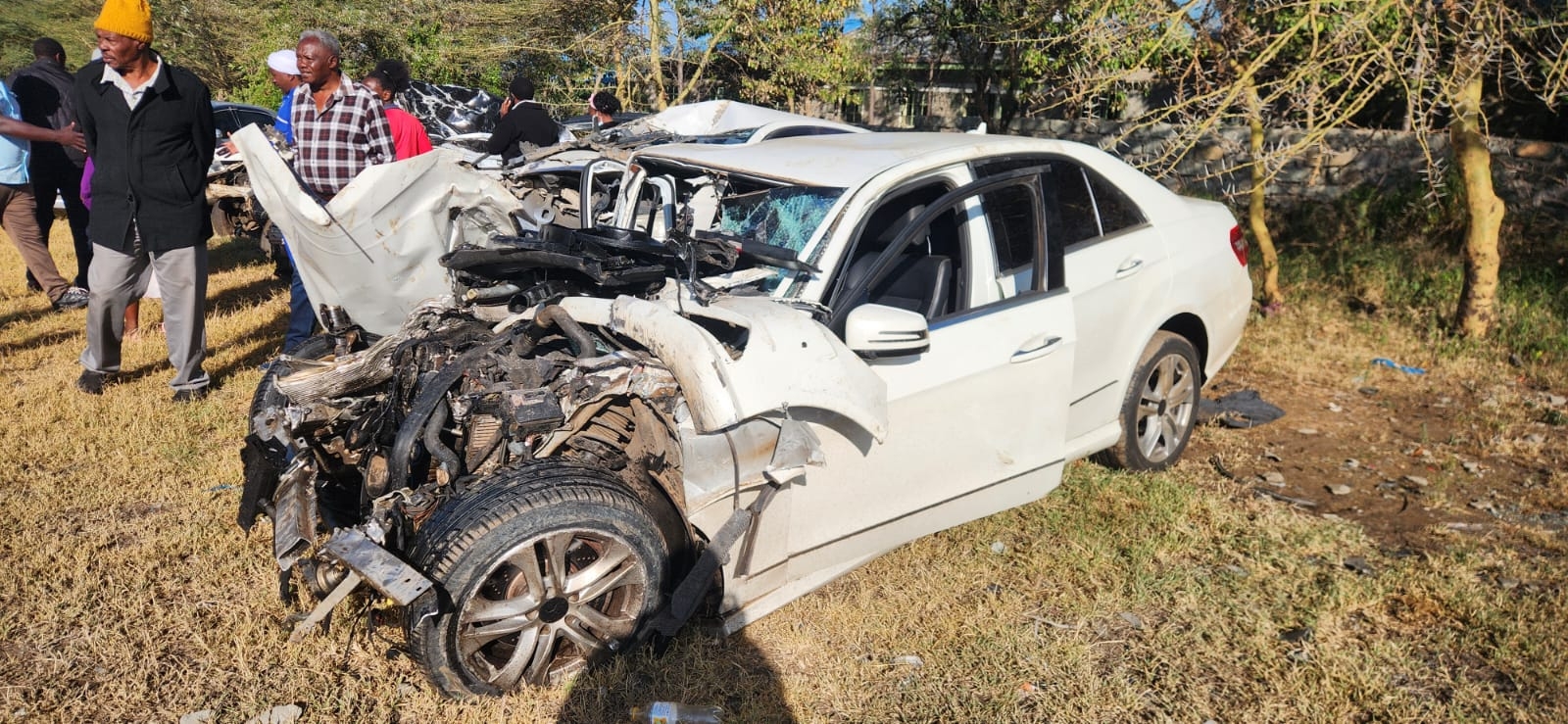 Scientists target mainly the malaria-transmitting Anopheles gambiae species.
Scientists target mainly the malaria-transmitting Anopheles gambiae species.
But without clear regulatory frameworks and strong community engagement, its deployment could be delayed, risking further loss of life and economic productivity.
During the Evidence for Development (EVI4DEV) Conference in Nairobi, hosted by the African Union Development Agency (AUDA-NEPAD), the Science for Africa Foundation (SFA), and the African Institute for Development Policy (AFIDEP), experts called for urgent policy harmonisation and public dialogue to enable the safe rollout of gene drive technology.
“Malaria is an African problem, we need to find our own tools to address malaria problems,” said Dr Barbara Glover from AUDA-NEPAD, South Africa. “Africa should be able to innovate new technologies and solutions for African problems.”
Gene drive technology targets
malaria-transmitting mosquitoes by altering their genetic makeup, specifically
the Anopheles gambiae species, to pass on traits such as infertility, reducing
mosquito populations over time. The approach, being developed under the Target
Malaria consortium, has shown promise in laboratory settings but has not yet
been tested in the field.
Johnson emphasised the urgency of adopting innovative tools amid increasing resistance to existing malaria interventions such as insecticides and drug treatments.
“Malaria still kills 600,000 people, causes reduction of 25 percent GDP in Africa countries,” he said. “Even with existing traditional Malaria control tools starting to fail or are showing signs of failure... the deployment and use of gene drive technology will help in solving the malaria problem.”
According to the 2023 World Malaria
Report, Africa accounted for 94 per cent of global malaria cases and 95 per cent
of deaths, with a child dying of malaria every minute.
“We are using malaria and mosquitoes
as a pathfinder vector that will be used in future in all vector borne diseases
if the technology deployment will be successful,” said Johnson.
“We must ensure that Africa has a regulatory system for development and deployment of novel and new tools such as gene drive malaria,” said Dr Gansane Adama of Burkina Faso’s Institut National de Santé Publique (INSP). “If there is evidence to show efficacy and safety of malaria gene drive there will be social acceptance of the technology, there is a need to engage communities in the core development of the technology.”
Other experts echoed the importance of
unified policies across borders. Gene drive organisms, once released, are
likely to spread beyond a single country—making regional cooperation essential.
He added: “There should be uniformed bio-safety and biotechnology collaborations through information and data sharing.”
Musa Kwenhangana, environment regulator at Auda-Nepad, South Africa, said that environmental risk assessments should guide deployment decisions.
“Many African countries have the
capacity to do environmental risk assessment and evaluation of risks. Countries
must make decisions based on science,” he said. “There should be clarity on
protection goals according to environmental risk assessment.”
“Auda-Nepad is building a regulatory
framework for countries. There are established global, continental and national
requirements to evaluate the safety of the regulatory standards,” said Dr.
Wiltshire Johnson. “We will capacity build regulators to ensure that they have
regulatory policies, systems and technical support to enable countries to
deploy the technology.”
Dr Mugoya concluded that successful adoption of the technology depends on scientific rigor, sound regulation, and public trust.
“Sound science is a strong pillar to generate the technology that will work, by proper framing of the problem, proper hypothesis of the research that you are going to do and proper analysis of data and proper preparation of methodology and well-coordinated streamlined and analysis of collection of data.”
With the malaria burden still heavily
concentrated in sub-Saharan Africa, experts agree that now is the time for
Africa to lead in developing and deploying new tools.















